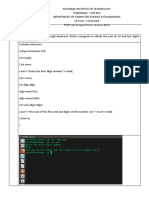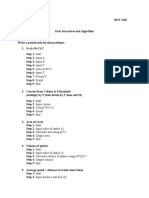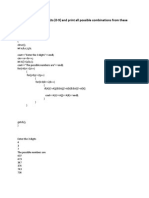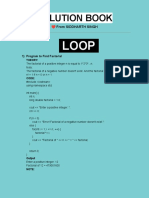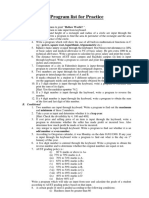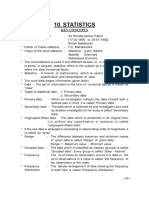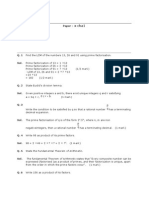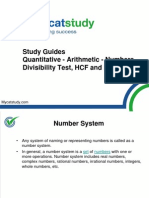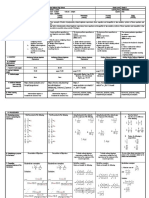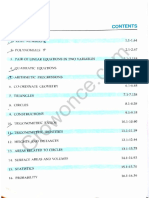0% found this document useful (0 votes)
21 views2 pagesWorksheet 4 (Loop)
This document is a worksheet for a programming fundamentals course, focusing on loops in C++. It includes various programming tasks such as finding the GCF of two numbers, computing the sum of digits, reversing digits, determining prime numbers, and generating Fibonacci series, among others. Additionally, it requires students to write C++ programs for specific outputs and calculations.
Uploaded by
froderejeCopyright
© © All Rights Reserved
We take content rights seriously. If you suspect this is your content, claim it here.
Available Formats
Download as DOC, PDF, TXT or read online on Scribd
0% found this document useful (0 votes)
21 views2 pagesWorksheet 4 (Loop)
This document is a worksheet for a programming fundamentals course, focusing on loops in C++. It includes various programming tasks such as finding the GCF of two numbers, computing the sum of digits, reversing digits, determining prime numbers, and generating Fibonacci series, among others. Additionally, it requires students to write C++ programs for specific outputs and calculations.
Uploaded by
froderejeCopyright
© © All Rights Reserved
We take content rights seriously. If you suspect this is your content, claim it here.
Available Formats
Download as DOC, PDF, TXT or read online on Scribd
/ 2











